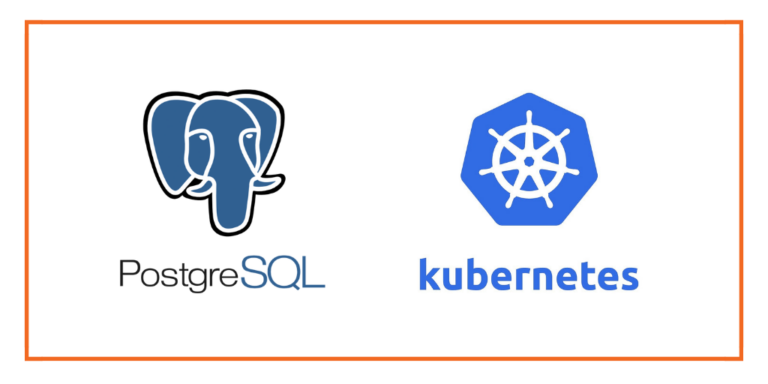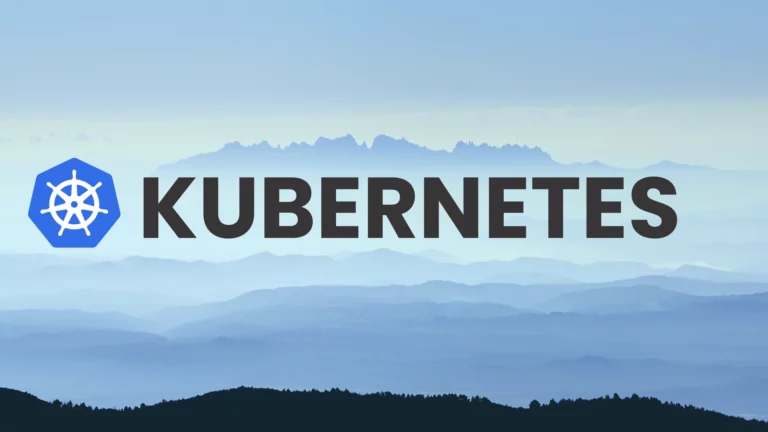how to stop a pod in Kubernetes
In Kubernetes, you cannot directly “stop” and then “start” a pod in the same way you might stop and start a virtual machine. Pods in Kubernetes are designed to be ephemeral and stateless entities, managed by higher-level controllers like Deployments,…




